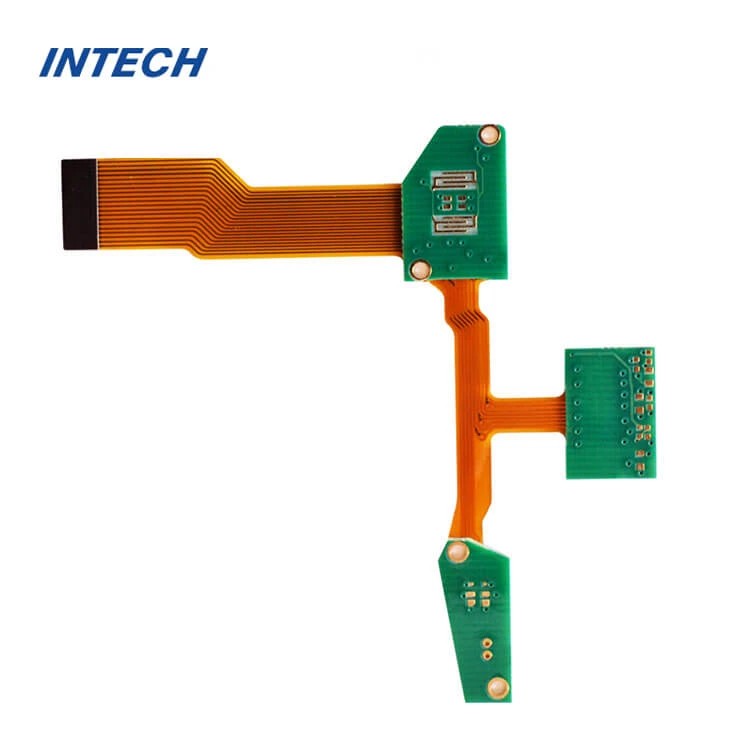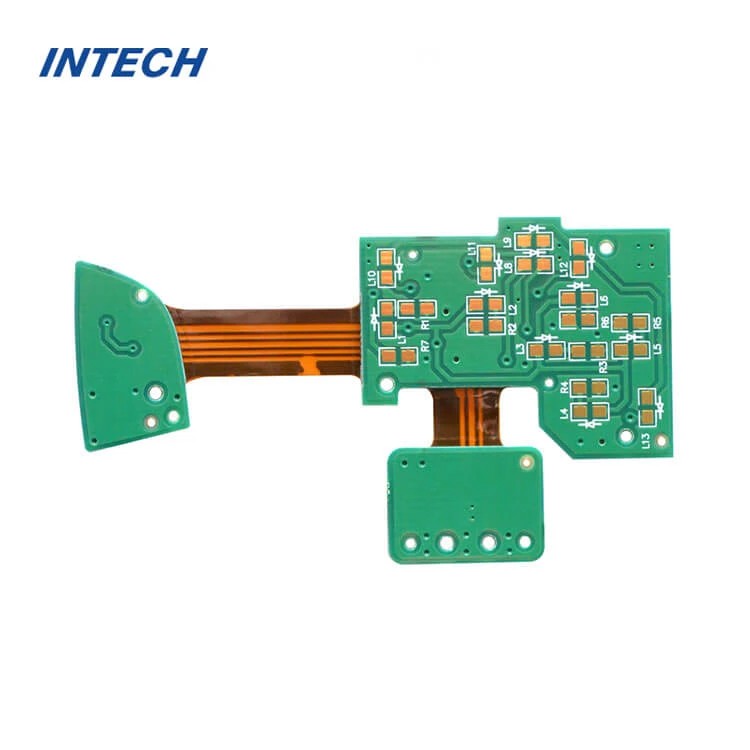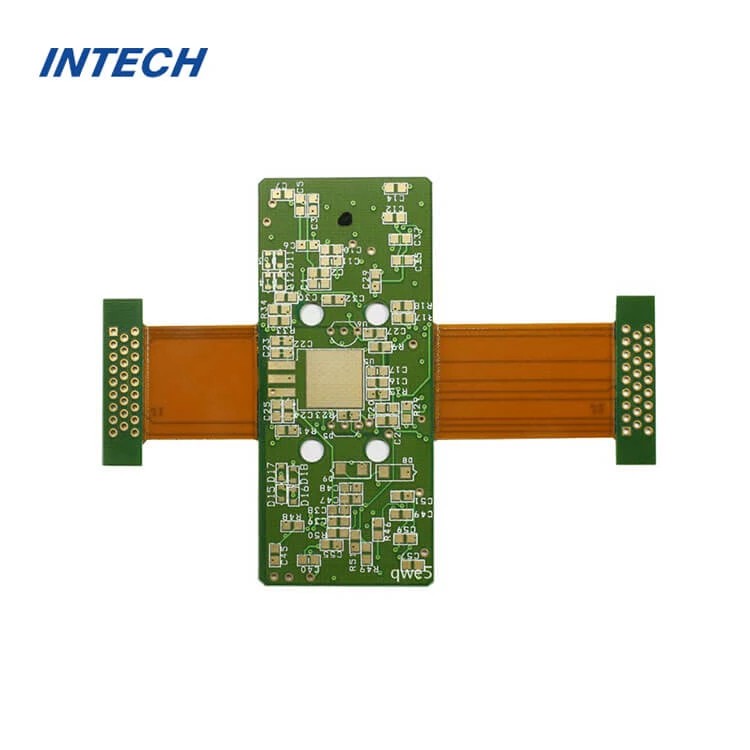What Are Rigid-Flex Circuit Boards?
Date:2024-11-05 16:46:02
Rigid-flex circuit boards are hybrid circuit boards that combine the features of both rigid and flexible PCBs (Printed Circuit Boards) into a single, integrated solution. They provide structural stability and flexibility, making them ideal for applications that require compact designs and high durability, such as aerospace, medical devices, and consumer electronics.
Understanding Rigid-Flex Circuit Board Structure
Rigid-flex circuit boards are designed with multiple layers of flexible circuit substrates attached to one or more rigid sections. These flexible parts allow the board to bend, twist, or fold, making it an excellent fit for complex configurations. This design helps reduce the need for connectors or cables, simplifying the assembly process and improving reliability.

Benefits of Rigid-Flex Circuit Boards
Space Efficiency
By integrating both rigid and flexible layers, these boards allow for highly compact designs. They eliminate the need for connectors and cabling, making it easier to fit the board into tight spaces without sacrificing performance.Enhanced Durability
Rigid-flex boards are often more durable than traditional rigid boards. The flexible layers can withstand repeated movement, making them suitable for applications where the board may need to bend or move regularly, such as in wearable devices or aerospace systems.Improved Reliability
Rigid-flex boards have fewer connection points, reducing the risk of connection failures. This makes them a reliable choice for critical applications, including medical devices and automotive electronics, where system failure is not an option.

Applications of Rigid-Flex Circuit Boards
Due to their unique properties, rigid-flex circuit boards are used in a variety of applications, including:
Medical Devices: With their ability to fit into small, intricate spaces, rigid-flex PCBs are ideal for compact medical devices like pacemakers, hearing aids, and diagnostic equipment.
Aerospace and Military: The durability and reliability of rigid-flex boards make them suitable for high-stress environments, such as in aerospace or military systems.
Consumer Electronics: Devices like smartphones, tablets, and laptops use rigid-flex boards for their compact form factor and ability to support complex designs.
Automotive Industry: Rigid-flex boards are utilized in automotive electronics, especially in systems requiring durability and flexibility.

Key Manufacturing Considerations
When manufacturing rigid-flex circuit boards, there are several critical factors to consider:
Material Selection: The flexible and rigid sections must be made from materials compatible with each other and suitable for the intended environment, whether high temperature, vibration, or frequent movement.
Design and Layout: Rigid-flex PCB designs should carefully balance flexibility with structural integrity. Ensuring appropriate bending radius and positioning of rigid sections can enhance board lifespan and performance.
Testing and Quality Control: Rigid-flex boards require rigorous testing due to their complex structure. Both mechanical and electrical testing are essential to ensure reliability.
Advantages Over Traditional Circuit Boards
Compared to traditional PCBs, rigid-flex boards offer numerous advantages, including:
Fewer Parts: The combination of rigid and flexible sections minimizes the need for connectors, cables, and other components, reducing assembly complexity.
Reduced Weight: With fewer components, rigid-flex boards are often lighter, which is critical in applications like aerospace.
Improved Signal Integrity: Fewer connections mean reduced interference and better signal integrity, an essential feature for high-performance applications.
Choosing the Right Rigid-Flex Circuit Board Manufacturer
Selecting a reliable rigid-flex circuit board manufacturer is crucial. Look for a manufacturer experienced in rigid-flex PCB design and familiar with industry-specific requirements, such as aerospace rigid-flex PCB standards or medical-grade flexible circuit board guidelines.
Rigid-flex circuit boards are a versatile, durable solution for industries requiring compact, high-performance, and reliable PCBs. With their unique combination of rigidity and flexibility, these boards continue to drive innovation in electronics.
